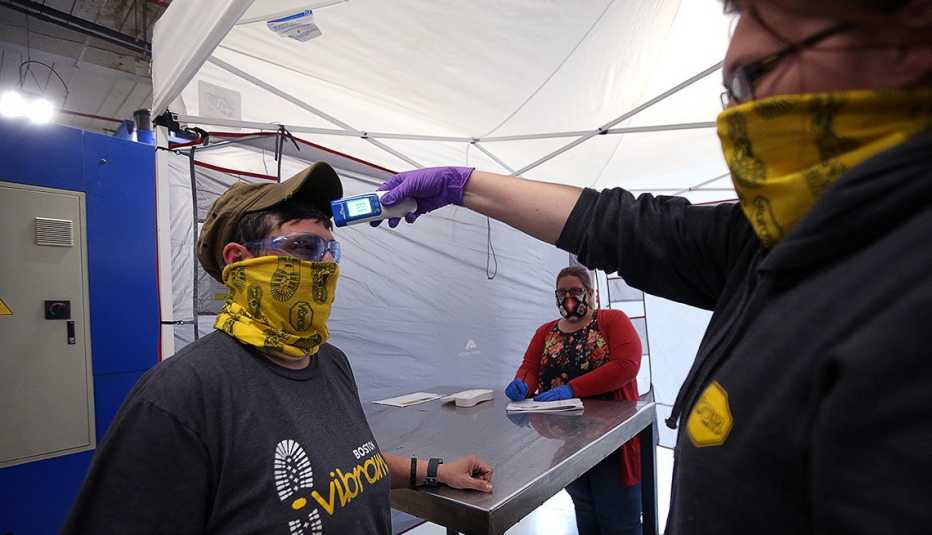AARP Hearing Center
At the start of 2020, most human resources (HR) professionals had a sense of what to expect in the coming year — a highly competitive labor market, the growing need for soft skills, and increasing investments in artificial intelligence and automation. Then COVID-19 happened. While the recovery may be slow, regardless of how long it takes, human capital remains the most valuable asset organizations have as they navigate a complex future.
Many people have written about how HR leaders need to seize this opportunity to double down on diversity and inclusion as companies rebuild. Diversity of gender, race, abilities, orientation and faith builds high-performing organizations, healthier communities and more engaged employees. One aspect of diversity that often gets overlooked is age, yet age is the one element of diversity we all eventually share. Age diversity remains important in challenging times. Here are three reasons why.
1. Longevity is transforming not only the workforce but also how we think about talent. In 1919, the average life expectancy in the U.S. was 54. By 2019, it had risen to 79. This 25-year gain in longevity over the course of 100 years is unprecedented, and the trend does not appear to be slowing. Half of all children born in the U.S. after 2007 will live to be 104. This increase in longevity, coupled with declining birth rates, means that the workforce as a whole is aging. By 2024, workers 50 and over will make up 35 percent of the U.S. workforce. And in 2021, the first wave of millennials will start to turn 40, the age at which they fall under the protection of the Age Discrimination in Employment Act.
While increased longevity means people will need to work longer, the spread of ages in the available labor pool means that organizations will need to recruit workers across the age spectrum in order to continue to grow. Another effect longer working lives will have is that employees will need to continually refresh skills, and take longer breaks to provide the stamina needed for a work life that spans 50-60 years.
One way to accommodate this is to create flexible pathways in and out of the workforce that enable alternating periods of work, education and rest. Enabling better transitions among these phases and tighter connections with departing and returning employees will allow organizations access to a larger pool of talent overall.































































